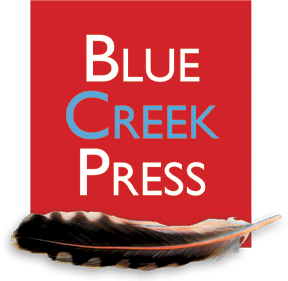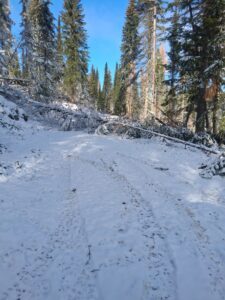A shower of sand fell from my pack as I emptied it today. The stuff is whiteish, with gray and tan highlights. In my mind, there’s a big mystery about the color. Why is it almost white when near all the stone surrounding it is some permutation of black?
The lower Salmon River slices down through that stone, basalt thrown out of the earth in hundreds of eruptions over many thousands of years. The caldera now under Yellowstone pumped out great blankets of magma to create the Plateau, the Big Bend of the Columbia and the Snake River plain while sliding on east. The strata are of similar composition, but different rates of cooling produced layers of varying granular construction. The river exposes their differences, all the while grinding it into that sand. The stuff is ever-present. It gets into almost everything, including a sandwich, if you’re not careful.
Collected on the shores of the Salmon, the sand is silky soft and somewhat of a challenge to walk in. On steep slopes, bare feet might work best — you can dig your toes in — but in the heat of summer, the sand can get uncomfortably warm. It’s best to keep the sandals on until shade reaches the beach. I know, because I recently spent five days in sandals.
There’s no need to wear shoes and socks if your feet are wet and warm most of the time.
Last year I bid on a rafting trip during an online auction benefiting Friends of Scotchman Peaks Wilderness, thinking surely someone would outbid me. Nobody did. “Ouch!” said my credit card, and “Welcome!” said Hunt and Mira, proprietors of Three Rivers Rafting. ’twas money well spent. Hunt and Mira; Three Rivers guides Jane, Reid, Nathan; and Kovu the Corgi, showed our group a beautiful stretch of river and a right good time. We had five days on the river; four nights on the sand.
Hunt picked us up in Lewiston, and took us to the put in downstream of White Bird at Hammer Creek. Between Hammer Creek and the Snake, the Salmon forms a hook, a fifty-mile-long arc moving from a northern to a southern course, wending through Nez Perce country and the beginning of the Nez Perce War.
The trip was a serendipitous continuation of my years-long study of Nez Perce culture and the war that sent many of them into exile in Oklahoma. After the first fight at White Bird Canyon in June of 1877, the NiMiiPuu escaped General Howard’s forces by circling north to a river crossing at Billy Creek, which is half-way around the hook. The study process is slow, gathering and assembling bits and pieces, uncovering and translating layers of history and “mythtory” laid down by participants, spectators, speculators and researchers over the nearly 150 years since the war began. River guide Jane pointed out that beyond those lie another 12,000 years-plus of Nez Perce history — since time immemorial
We were caught between Pacific and Mountain times, rowing down the boundary between the two. But the position of the sun becomes more important than numbers on a watch or a phone when you’re on river time. And cell phones don’t work on the river, except rarely. I left mine behind. Left behind also was the “real” world filled with worries, weirdos and whacked-out politicians to a point that it’s become surreal. Instead, we focused on flocks of chukars, bighorn rams drinking at the river, bald eagles and ospreys above it, the songs of canyon wrens and coyotes, tracks in the sand and towering layers of rock.
We were going with the flow, which often became rambunctious. We traversed a couple of dozen rapids, Classes II through IV. There was some serious “whoopin’ and hollerin’ ” going on and we often hoped the next drop would get us good and wet. It was hot.
It was also cool. My fellow travelers — Gus, Molly, Nikki and Craig — were of the best kind: fun and often funny, open to the experience as it came, eager to learn and share. Our hosts were happy to have us, excellent at what they do, great cooks, good rowers and consummate leave-no-trace campers.
I hope nobody outbids me next time.
Three Rivers Rafting is based in Lowell, Idaho, on the Selway River. Their website is threeriversrafting.com. Sandy Compton’s new book, Alex’s Restaurant, is available at Sandpoint Books, the Sanders County Ledger, and online at amazon.com or bluecreekpress.com/books

